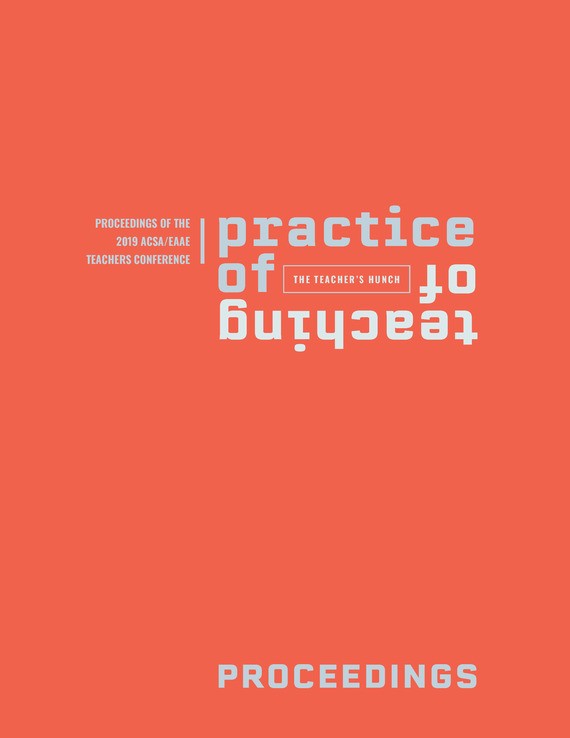Author(s): Abu Talha Farooqi & Sourav Banerjea
Architectural thinking and design process have always been dependent upon the representational medium and language of architecture – conventional drawings, diagramming, models, and iconography, to name a few. As a result of technological advancement (therefore possibilities) and socio-economic change, representation techniques have evolved, from conventional processes to ‘augment-ed reality’. Representation techniques and means in the production of architecture are critical to cover the conceptual range in which architecture can be created. This paper places this issue within the larger heterogeneous culture comprising technological, social, eco-nomic aspects and aims to unravel the conceptual underpinnings of the existing architectural thinking, representational culture in India. It examines ‘drawing’ as a convincing and disciplinary medium of language and representation and steers towards a ‘representation-al maxim’ between technology and value, discipline and consumption, tradition and modernity in the context of architectural thinking process in India.The forces of capitalism, globalization, consumer culture, celebrity and media culture, visual culture, technocracy have been instrumental in creating reality-based representational systems, which are reluctant to engage with the discipline of architecture and think beyond it. Steenson1 remarks about Augmented Reality “A novel form of spatial representation, which substitutes for the actual experience”. With access to augmented reality technology, the client no longer has to interpret the traditional plans, section and elevations, nor look into printed photomontage or virtual walkthroughs. He will be able to stand in his yet to come living room, go, on foot, from there to the kitchen, visit the bedrooms and, by doing so, get an ‘augmented’ experience of those spaces. Software is the agent of consumption, and it is only in the architectural process (thinking & delving), that this consumptive culture subsides, notwithstanding the fact that, for many architects and students, software and technology are steadily and consciously becoming ‘ends’ rather than ‘means’ in the design process.
https://doi.org/10.35483/ACSA.Teach.2019.33
Volume Editors
Richard Blythe & Johan De Walsche
ISBN
978-1-944214-23-4

 Study Architecture
Study Architecture  ProPEL
ProPEL 
